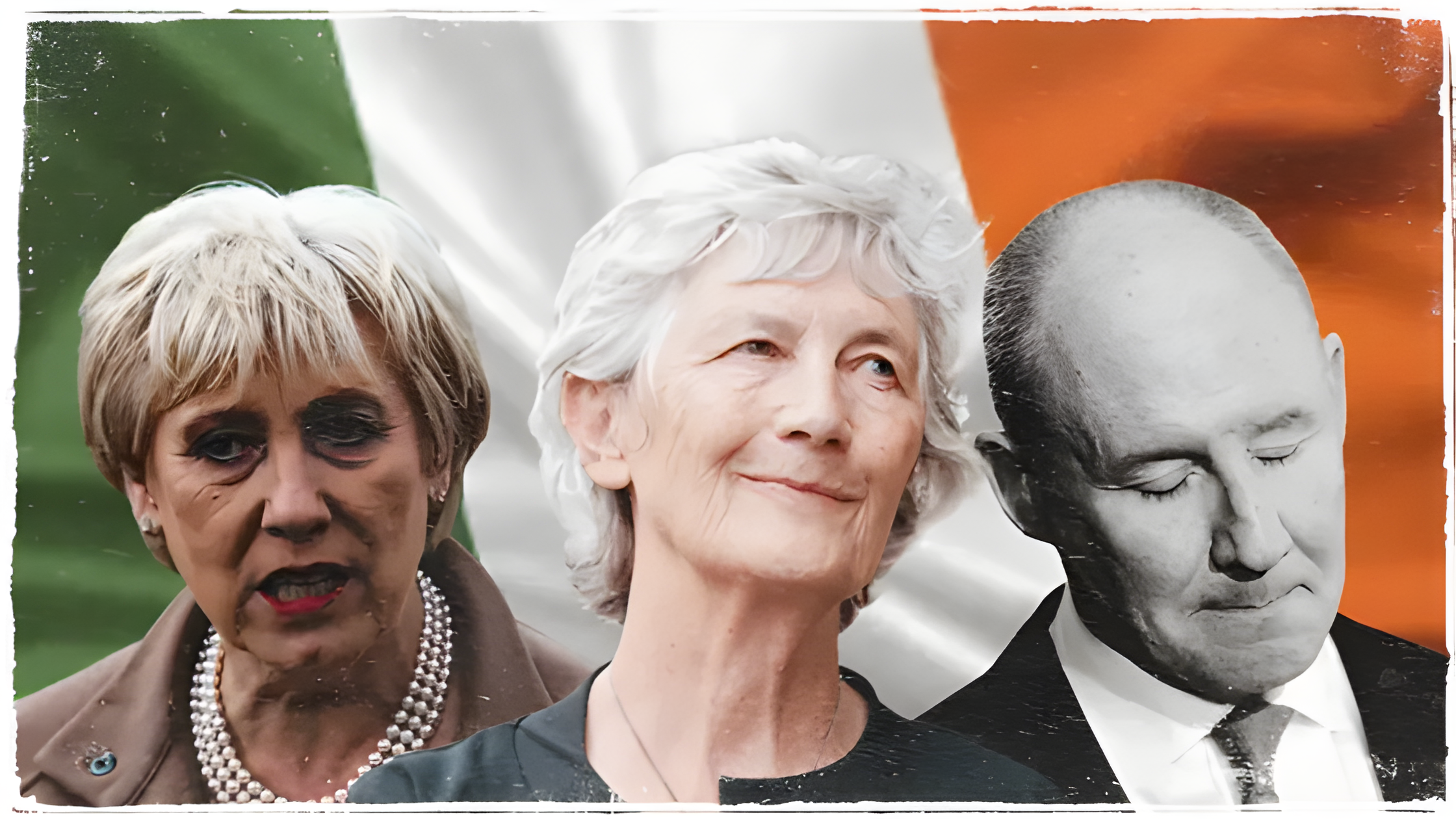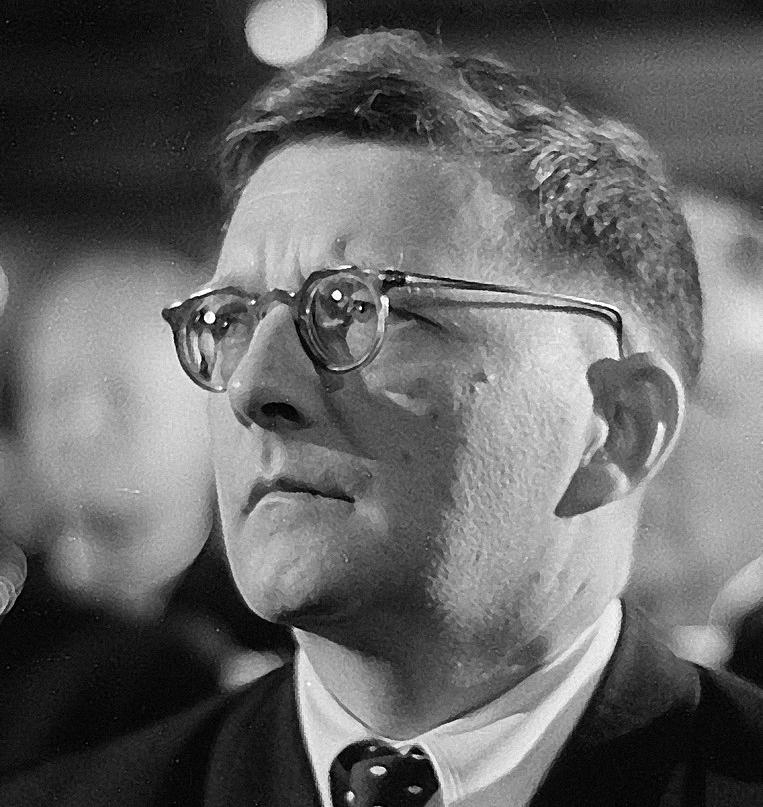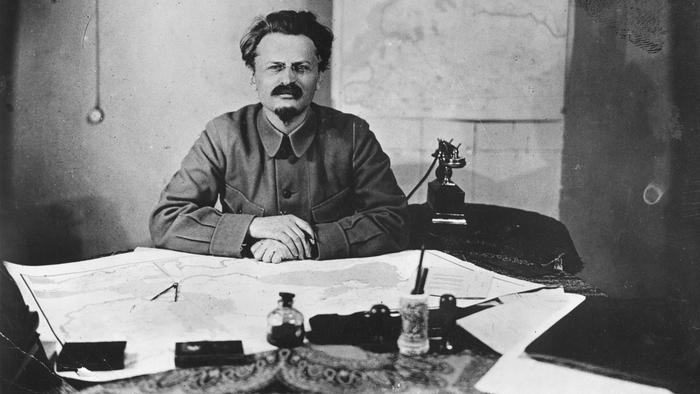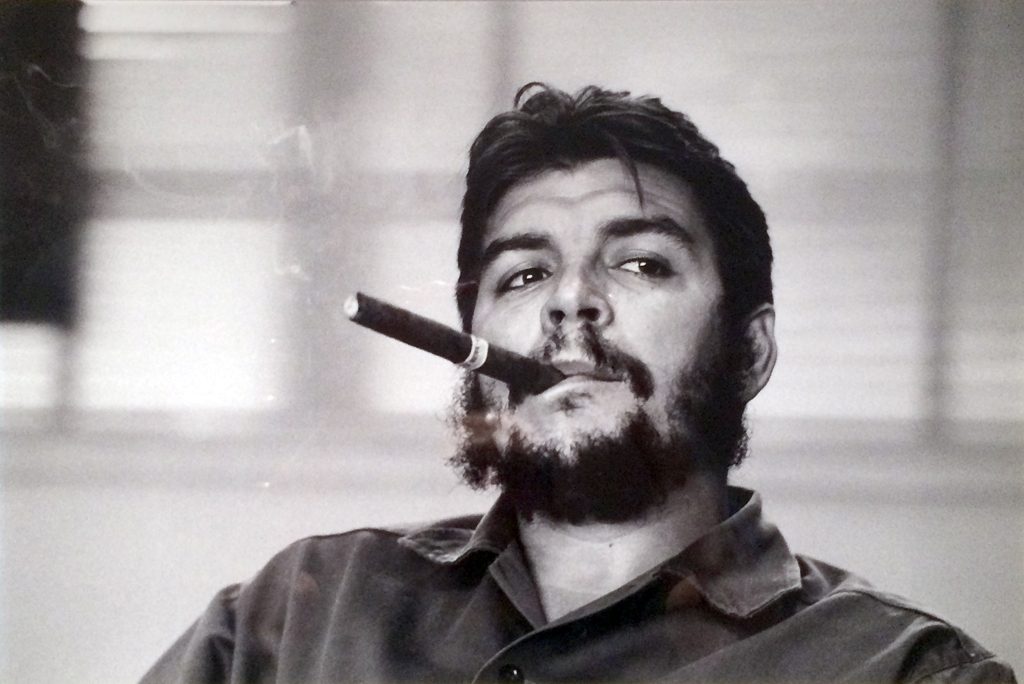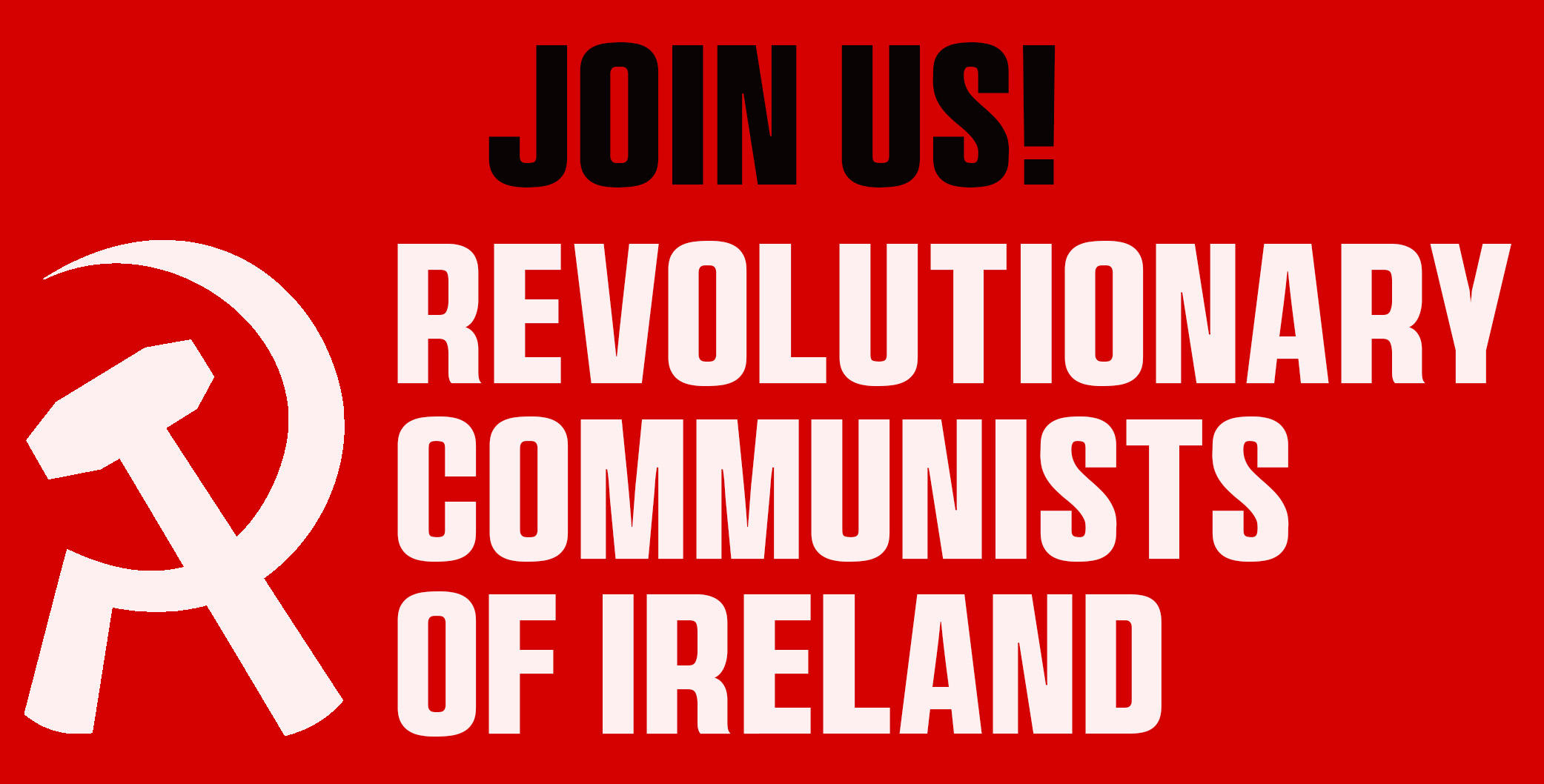“It is hard to think of a greater shock in any presidential election” – so wrote the Irish Times after Fianna Fáil’s candidate Jim Gavin’s sudden withdrawal from the race for the Áras.
After a cold start, a scandal from 2009 when he pocketed money from a tenant in the midst of the financial crash was enough to seal his fate. He had to go. He fell on his sword (or rather, was pushed) before the campaign could descend into a total crash.
What a disaster for Fianna Fáil. With more than two weeks still to go before election day, the establishment already looks badly wounded – like a boxer staggering around just after the first round.
For once, the Irish Times summed it up quite well: “The presidential election may provide further evidence that the two old parties… are essentially two wings of the same political force… Whether that force is strong enough right now to win a presidential election looks doubtful.”
Heather Humphreys is now the de facto candidate of the establishment, Catherine Connolly the only opposition. Fianna Fáil and Fine Gael were supposed to take the Áras by storm – the first time in nearly 30 years both parties have fielded a candidate. Instead the presidential election is becoming just another stick for the electorate to beat the government parties with.
That a presidential election is now playing that role is a striking testament to the monumental changes that have transformed Irish society over recent decades. Since Michael D. Higgins was first elected as President, at the time of the Fine Gael-Labour coalition, the Irish working class has endured years of crises – a brutal wave of austerity tied to the IMF bailout, an out-of-control housing crisis, soaring poverty, and renewed turmoil in the North.
Added to this are major world events: the Eurozone crisis, Brexit, two Trump presidencies, the Covid pandemic, the Ukraine war, and above all the genocide in Gaza. Each has burnt a mark into the consciousness of millions. And the establishment is utterly discredited – if not hated – in the eyes of hundreds of thousands.
Coalition weakness exposed
Following the general election, there was a deafening chorus from the establishment celebrating Fianna Fáil and Fine Gael’s victory against the ‘rising tide of populism’ internationally. However, this was an illusion.
The current coalition – mired in scandals and controversies from day one – has the lowest combined mandate of Fianna Fáil and Fine Gael in the history of the state, and with the lowest voter turnout. But the ruling parties sincerely believed their own propaganda and expected they could put one of their own in the Áras with little resistance.
Fianna Fáil’s failed gambit with Jim Gavin is a hilarious proof of just how wildly out of touch they actually are! Knowing that a party candidate would be too toxic they went hunting for an outsider, someone who could launder their reputation. As Martin put it: “someone that was above party politics, who would be well-received by everyone.”
Gavin appeared to be the ideal candidate to the party’s leadership. The Dubs would be drunk on Gavin’s GAA record and presumably therefore forget about the atrocious housing crisis Fianna Fáil is responsible for. Combined with the ‘rural base’ of the party, they would run away with the election. As a military man, he also seemed the perfect person to push forwards with the party’s anti-Triple Lock and pro-militarisation programme. Martin & co. really thought they had it all figured out!
But at the first controversy it all unravelled. Their great saviour collapsed like a house of cards before the campaign even began in full earnest. This has already raised questions around Martin’s leadership in the party.
Fine Gael are hardly in a better position. After Mairead McGuinness had to drop out for medical reasons, they brought Heather Humphreys out of retirement as the next least bad option – which speaks volumes of the rest of them.
Humphreys’ campaign is fighting a losing battle to try separate her from Fine Gael’s disastrous record in government. They are even trying to lean on her background as a Presbyterian from the border to make the case that she can be “A President for All”. However her family and husband’s links to the Orange Order makes her claim to support unity sound as convincing as Netanyahu’s claim to support peace – and her platform as attractive as a kick in the stomach.
Now she will be seen as the sole representative of the entire political establishment. While presidential elections can be highly volatile down to the last moment, her prospects currently look quite bleak.
The ruling class as a whole has put a lot of pressure on Fianna Fáil and Fine Gael to regain the presidency, avoiding for them – in the heated international environment of today – the embarrassment of a ‘leftwinger’ like Higgins. Having entered the race thinking themselves invincible, with candidates who could unite the country, both parties and the ruling class are left in a vulnerable position – standing around like the emperor in his new clothes, looking stupid, embarrassed, and exposed.
Sinn Féin and the united opposition
Compared to the floundering of the other two major parties, Sinn Féin’s decision to not stand in this election is perhaps the best choice they have made in years. What a testament to the discrediting of all the major parties that not running in the most prestigious election in the country is the only way to prevent the electorate from thumping them at the polls!
Sinn Féin agonised over this decision for the best part of summer. While most opposition parties quickly got behind Connolly, it wasn’t until the eleventh hour when Sinn Féin finally joined the campaign. On paper this seemed like the obvious choice, after all they want to lead this “united opposition”.
However, the party is suffering from an identity crisis which is pulling them between being a sensible party the political establishment can trust to rule, or talking like an anti-establishment party which working class and young people want to support.
Sinn Féin wanted to be like the two ‘serious’ parties and also stand their own candidate. As well, endorsing an independent like Connolly means they are held accountable for the things she says, including calling out the EU and US which – because they’re trying to cozy up to them – is something Sinn Féin is uncomfortable with.
But after dragging their feet for weeks, they didn’t feel they had a strong enough candidate to run, i.e., someone who wouldn’t be torn to shreds by the electorate. Running Mary Lou McDonald would have meant abandoning her prospect as a Taoiseach, and potentially humiliating the whole party were she to be severely defeated. They decided discretion is the better part of valour – Connolly ended up being the safest option available to them.
Undoubtedly many will look at the decision of Sinn Féin favourably. But it is not a sign of strength for the party, on the contrary it shows weakness from a party still recovering from last year’s defeats.
Who will win?
The final poll before Gavin dropped out shows which way the wind is blowing. Connolly has a towering 32 percent first preferences, followed by Humphreys at 23 and Gavin with just 15. Transferring Gavin’s votes favours Humphreys but, as it stands the results would still see Connolly winning with 53 percent of the current votes – though 30 percent are still undecided.
In so far as we can predict where things are headed, it seems Connolly has the advantage. Her profile as a leftwing independent candidate, an outspoken pro-Palestine voice in the Dáil, and not being tainted with government, has made her popular among the youth. If she manages to enthuse her base, she has every chance of winning.
The media are sure to increase their ridiculous – and so far wholly ineffective – smear campaign to try and turn the tide. As long as she does not flinch this will only increase her support.
But while many will express their dissatisfaction at the establishment by voting for Connolly, a lot more will simply not show up. Overall turnout could be historically low. Indeed, the general tendency has been a decrease in turnout across all elections since 2011 showing an ever-growing layer of the population feel themselves disenfranchised and simply turn away from elections altogether.
Rather than being disinterested however, they are often more angry and feel left behind but have no means of expressing it electorally. This is a very understandable mood – a genuine revolutionary alternative is lacking, and the institutions of capitalist rule in Ireland are more and more discredited by the day.
As a whole, whether voters stay at home and Humphreys wins on low turnout or if there is a mobilisation to vote for Connolly in protest, the results from the election are sure to show that the majority of people are simply frustrated with the establishment.
Dis-united Ireland
From its inception the presidency was designed to act as a ‘neutral’ representative of the state who keeps their hands clean by staying above the fray while the parties in the Dáil get on with carrying out capitalism’s dirty business – at times acting as something of a safety valve to release the pressure from below.
Higgins did this, most recently speaking out against the genocide in Gaza and for neutrality. But with the hysterical drive to increase military spending across Europe, with the increasing fragmentation of the world into rival imperialist blocks, the Irish ruling class is coming under immense pressure to get serious, and even such mild phrases from the president are a source of embarrassment and headaches.
If Humphreys were to win, even the Presidential seat would now be tainted with the same hatred that is now felt towards the ruling parties. A victory for Connolly on the other hand would be an absolute embarrassment for the government as their candidate is rejected for someone whose main appeal is being opposed to them, and who will continue to be an outspoken critic of the imperialists on the international stage.
No matter who wins then, the outcome of the election is already clear. More and more instability is coming Ireland’s way.
As the election draws closer many will choose to use it as a chance to give the government a bloody nose – this we fully support. The class struggle is heating up in country after country – from the Gen Z revolution in the so-called Global South to the mass movements we have seen in France and Italy over the last few weeks.
The coming battles will not be fought inside the Áras but in the streets and in the workplaces. We are building a revolutionary party that can deliver the knock-out blow to our teetering political regime and the whole establishment. We call on all class-conscious workers and youth who want to fight to join us in the struggle!
